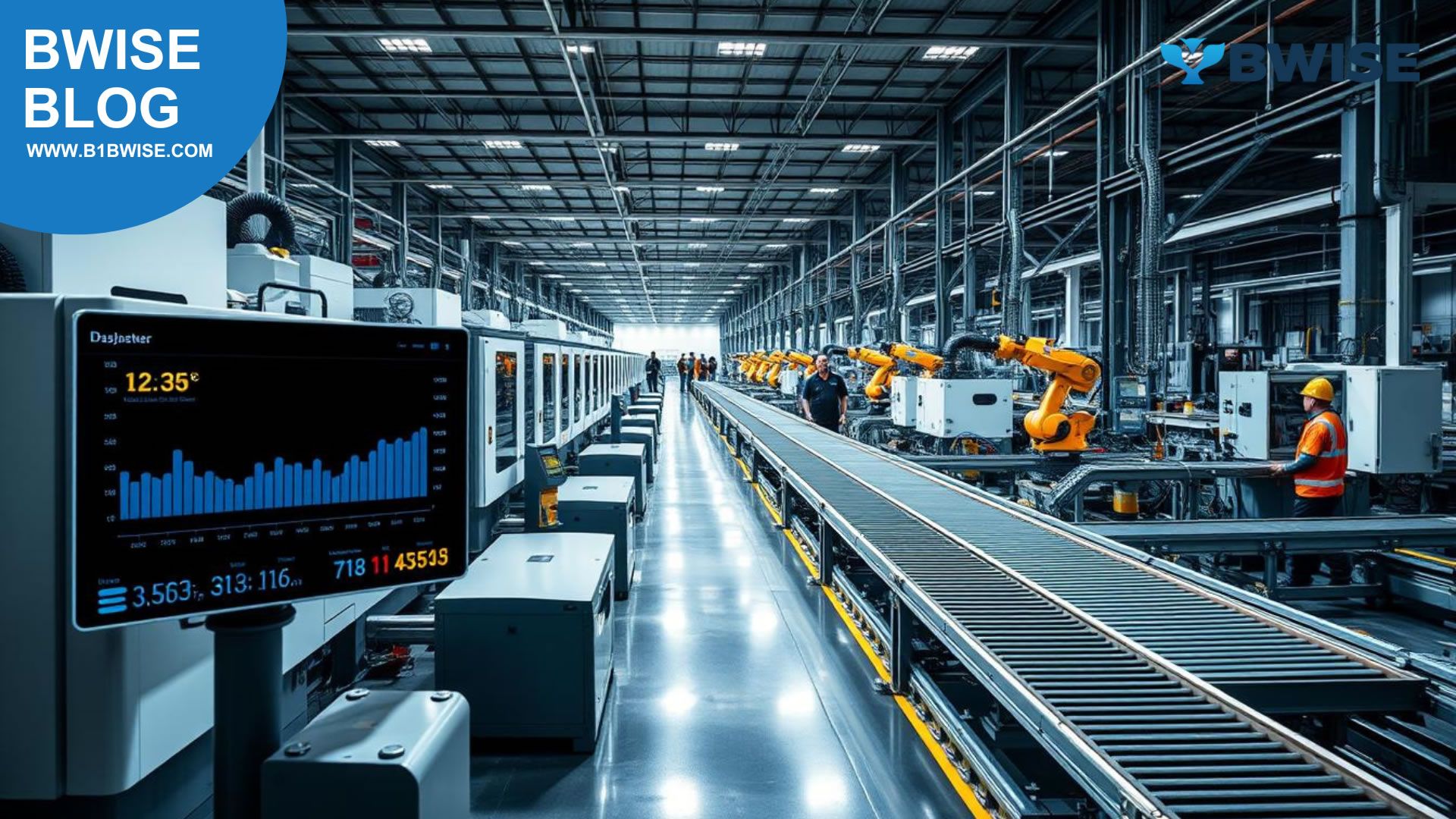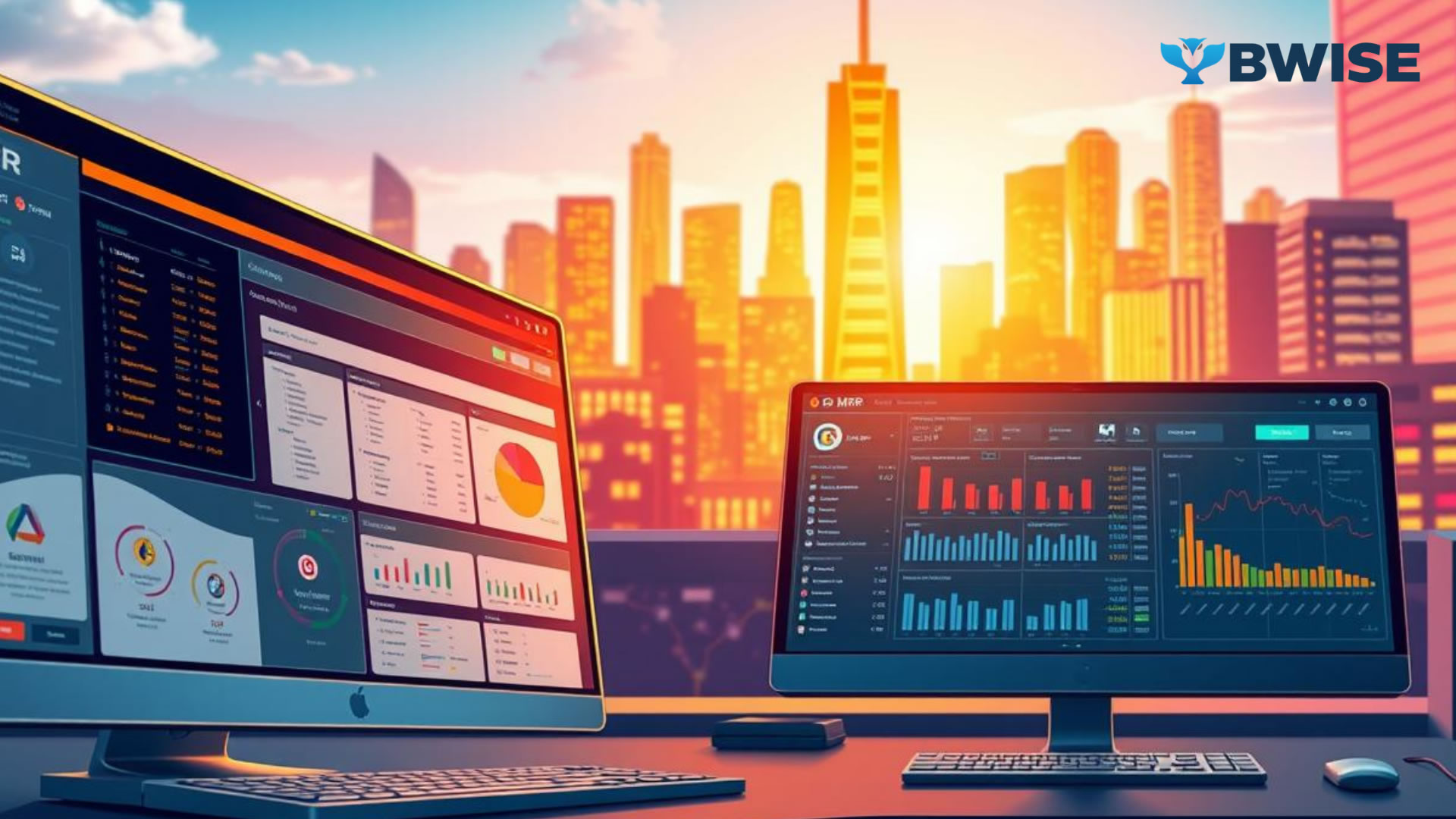Manufacturing businesses often face a critical decision when it comes to managing their operations: choosing between ERP and MRP systems.
Both approaches are designed to boost efficiency, but they have distinct goals and bring individual advantages. Knowing their key distinctions is vital for making a well-considered choice that suits your company’s specific requirements.

As you navigate the complexities of manufacturing management, it’s essential to evaluate your options carefully. This article will explore the key differences between ERP and MRP, helping you determine which system is best suited for your business.
Key Takeaways
- Understand the primary functions of ERP and MRP systems.
- Learn the key differences between ERP and MRP.
- Discover how to choose the right system for your manufacturing business.
- Explore the benefits of implementing the correct system.
- Avoid common pitfalls when selecting between ERP and MRP.
Understanding Manufacturing Management Systems
Modern production facilities heavily rely on manufacturing management systems. These systems aid manufacturers in handling resources, scheduling production, and refining operations. By making production processes more efficient, manufacturing management systems empower businesses to cut expenses, enhance quality, and boost productivity.
Essential elements of manufacturing management systems encompass production scheduling, inventory control, and supply chain streamlining. These components collaborate to guarantee seamless production and punctual product delivery. Through the utilization of these systems, manufacturers can react swiftly to shifts in demand and maintain their competitive edge in an evolving market.
Production management systems deliver real-time data and analysis, assisting manufacturers in making sound operational choices. When combined with other business systems like enterprise resource planning (ERP) and material requirements planning (MRP), these systems can support companies in achieving their objectives and fostering expansion.
What are Material Requirements Planning (MRP)?
For manufacturers seeking to streamline their production and cut expenses, grasping Material Requirements Planning (MRP) is key. This is a management system that assists companies in planning and governing production by overseeing raw materials, parts, and production timelines.
How MRP Systems Work
MRP systems function using sophisticated algorithms. This algorithm calculates material needs based on the production timeline, current inventory, and material lead times. This ensures that the right supplies are ready when needed, which minimizes both shortages and excess inventory. Consequently, MRP systems support manufacturers in streamlining production, shortening lead times, and boosting overall efficiency.
MRP systems bring a lot to the table, but they have drawbacks too. One is that they mainly deal with material needs and don’t include things like finance, HR, and customer relations. This is where Enterprise Resource Planning (ERP) steps in, providing a more all-encompassing approach.
What is Enterprise Resource Planning (ERP)?
ERP, or Enterprise Resource Planning, is a complete software suite. It’s built to combine different business processes into one connected system. These systems oversee and merge various parts of a business, providing a complete understanding of operations. This empowers organizations to make smart choices.
ERP represents a significant advancement in business management technology, offering a suite of applications that can manage a company’s operations, financials, and more. By integrating different departments and functions within an organization through a single, integrated software platform, ERP enhances efficiency and productivity.
How ERP Systems Work
ERP systems function by merging information from different business areas into one database, giving immediate visibility into activities. This enables companies to optimize procedures, lower expenses, and boost customer satisfaction. The unified database guarantees data reliability and precision throughout the company.
ERP offers advantages such as boosted operational effectiveness, stronger decision-making abilities, and improved allocation of resources. Implementing an ERP system can give companies a competitive advantage within their industries. ERP systems are scalable and flexible, fitting for businesses of any size.
ERP vs MRP: Key Differences and Similarities
The choice between ERP and MRP systems depends on understanding their key differences and similarities. While both are designed to improve manufacturing efficiency, they serve distinct purposes.
ERP systems present a wide array of tools, uniting different business processes like finance, HR, and supply chain management, plus manufacturing planning. Conversely, MRP systems mainly concentrate on material planning and inventory control, thus being more specialized in scope.
The primary distinction between ERP and MRP is their functional reach. ERP systems are built to be more adaptable, managing a broad spectrum of business activities. In contrast, MRP systems are specifically designed to streamline materials requirements planning, making them well-suited for businesses needing intricate inventory control.
Despite their differences, both ERP and MRP systems share a common goal: to enhance manufacturing productivity. They achieve this by streamlining processes, reducing costs, and improving resource allocation. However, ERP systems tend to offer more scalability and flexibility as businesses grow.
Regarding what they have in common, both systems need precise data to perform well. Also, they both demand a substantial initial commitment of time and resources during the setup phase. Despite this, the lasting advantages of increased efficiency and lower operating expenses render both systems worthwhile investments for manufacturing companies.
In the end, choosing between ERP and MRP systems should come down to a detailed examination of your company’s requirements. MRP may be a better option if you mainly need material planning and inventory management. Conversely, if you desire a more comprehensive solution that can handle different areas of your business, then ERP might be the better option.

When to Choose MRP Over ERP
For companies with simple production processes, MRP systems provide a streamlined option. They’re built to handle material requirements planning, perfect for businesses aiming to manage their inventory and production scheduling without the complexity of a comprehensive ERP setup.
A key benefit of MRP compared to ERP is its cost efficiency. Businesses can sidestep the large expenses linked to ERP, such as those for software, staff instruction, and setting up infrastructure, by using MRP. Generally, MRP systems are easier and more direct to get up and running.
MRP is especially useful for small and medium-sized businesses, or for those with straightforward manufacturing. It enables them to manage material needs effectively, without the complexity and price of an ERP system.
In summary, when the primary focus is on material planning and inventory control, and the business doesn’t require the broad functionalities of an ERP system, MRP software is the more appropriate choice.
When to Choose ERP Over MRP
Companies with intricate operational demands frequently discover ERP systems to be a better fit because of their broad range of functionalities. Unlike MRP, which mostly centers on material scheduling, ERP systems bring together different business departments, such as finance, HR, and CRM, within one unified platform.
With this holistic method, companies can simplify their processes, enhance the precision of their data, and make smart choices using up-to-the-minute details. For example, ERP systems can aid the merging of erp and mrp software, providing smooth information sharing across various teams.
In addition, ERP systems’ capacity to deliver up-to-the-minute data company-wide boosts overall business success. Implementing an ERP allows companies to handle resources more effectively, lower operating expenses, and increase customer satisfaction.
To summarize, if a manufacturing company needs a more comprehensive management system exceeding material planning capabilities, selecting ERP instead of MRP makes sense. This choice often results in better operational effectiveness and strategic expansion of the business.
Implementation Strategies and Best Practices
A successful ERP or MRP rollout depends on careful planning, training, and managing the shift. Good ERP implementation requires a thorough method: evaluate business needs, choose the appropriate system, and set it up for operational demands.
Likewise, putting MRP into practice requires a thorough grasp of material needs and production plans. Companies also need to weigh the advantages of ERP and MRP, like better performance, lower expenses, and stronger abilities for making decisions.
ERP/MRP implementation often faces hurdles like pushback against new ways, problems moving data, and insufficient training. To succeed, companies need thorough training, involve everyone from the start, and confirm data accuracy using careful testing and validation.
By adopting these strategies and best practices, organizations can maximize the benefits of their ERP or MRP systems, leading to improved operational efficiency and competitiveness in the market.
Conclusion: Making the Right Choice for Your Manufacturing Business
Deciding between ERP and MRP systems can be challenging for manufacturers. Understanding the distinctions and shared traits of these systems helps businesses make a choice that fits their particular requirements.
To choose between ERP and MRP, assess your operational needs, your desired integration level, and the core functionalities you need. If you need an all-encompassing system to connect different departments, ERP might be best. But if your main priorities are managing stock and production scheduling, MRP could be suitable.
The most important step in picking the best system is carefully evaluating your company’s requirements and examining the features of each. This approach lets you pick a system that makes your operations easier, increases productivity, and fuels expansion. Whether it’s ERP or MRP, the aim is to find a system that supports your business goals and helps you thrive in the tough manufacturing industry.
